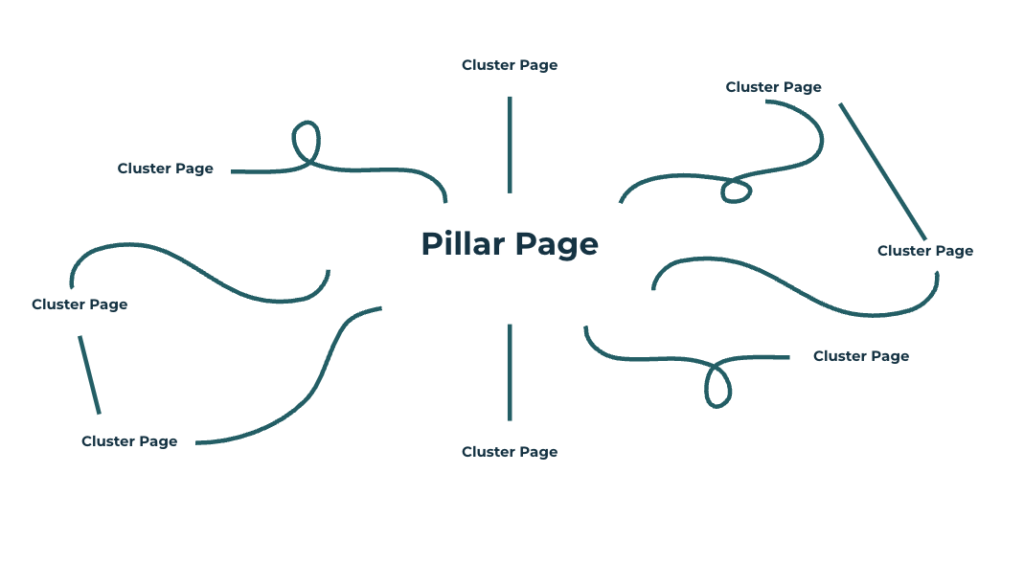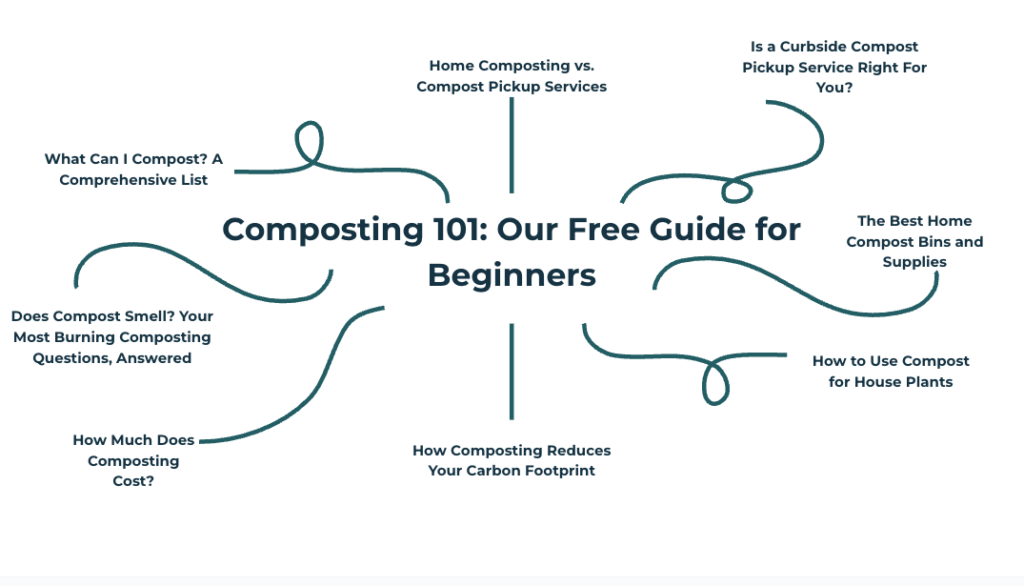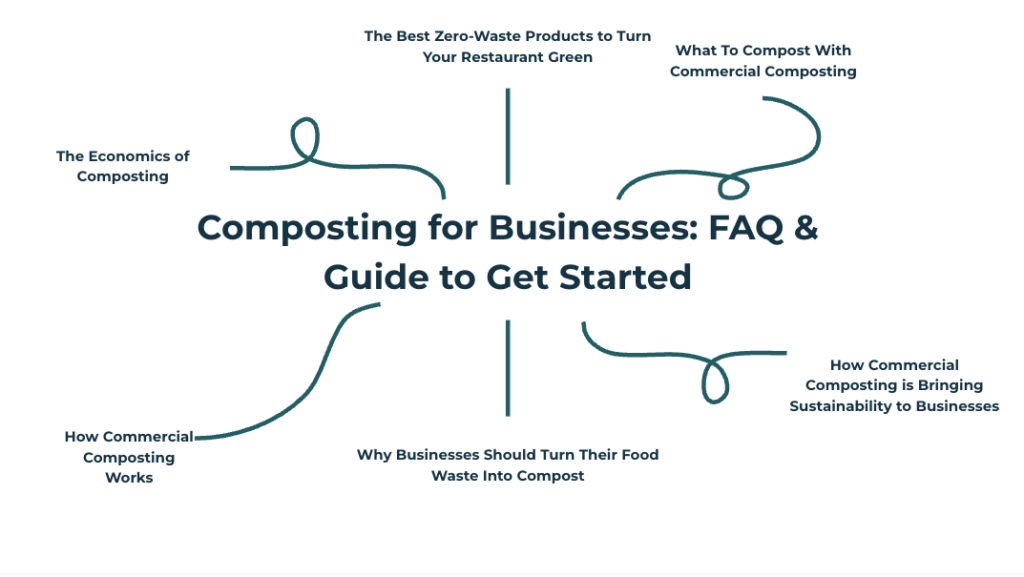We marketers are always looking for ways to satisfy both users and search engines. The ultimate goal of SEO? Rank well for our target keywords by positioning ourselves as an authority on the topics we know best.
There’s no better way to accomplish this than with topic clusters.
What is a topic cluster?
A topic cluster is a strategically organized group of web pages that provides in-depth information on a given topic.
This is the foundation of a pillar + cluster content strategy. Also known as a hub-and-spoke model, a pillar + cluster model refocuses your content marketing strategy from keyword-oriented to topic-oriented.
A topic cluster is a universe of content! The pillar page is the sun and the cluster content pages are the planets.

What is a pillar page?
A pillar page is a piece of content that provides broad but comprehensive coverage of a single topic — and links to additional information on related subtopics.
One of our favorite elements of a pillar + cluster model is the flexibility that comes with it. There are no hard and fast rules about the form a pillar page should take, so long as it’s encyclopedic in nature.
Let’s discuss five types of pillar pages you could develop.
Types of pillar pages
- Guide: A guide pillar page usually contains soup-to-nuts information about a topic, aiming to arm users with “everything they need to know.”
- What is _____: A “what is” pillar page is definition-based, but also includes information on why _____ is important, use cases or examples, etc.
- How-to: A how-to pillar page takes the form of a step-by-step tutorial.
- Service or product: Rather than a blog page, a service or product pillar page serves in-depth information on something you offer to customers.
- Brand: Similar to a service or product pillar page, a brand pillar page provides a comprehensive overview of who you are and what you do.
Benefits of topic clusters
Boost organic rankings: Search engine bots love clear internal linking structure, context, and in-depth information about a given topic. Topic clusters provide all of the above.
Improve user experience and increase user engagement: With topic clusters providing a clear and logical website structure, users can better understand the content they’re reading and find the answers they’re looking for. And because logical internal links make it easy for users to explore more content on your site, they’re more likely to stay on your site, interact with your content, and increase your site’s user engagement metrics.
Lead generation: Engaged users become leads! As users spend more time on your site, they may fill out forms, subscribe, or complete other micro-conversions — and eventually, take advantage of your products and services.
E-E-A-T: In SEO, E-E-A-T stands for Experience, Expertise, Authoritativeness, and Trustworthiness. Covering a topic comprehensively, from all angles, helps your site’s E-E-A-T. Extra points if your content is written or reviewed by industry experts.
Backlink building: As you likely know, backlinks are extremely important in SEO. When you offer thorough, thoughtful content on a topic people are searching for, other resources are more likely to link to you to fill in gaps on their own websites.
Examples of topic clusters
Let’s say you’re a composting company in Orlando. You offer residential and commercial pickup services (nice!).
Your keyword research has uncovered an abundance of search queries relevant to your offerings, including:
- home composting (4,400 Monthly Search Volume)
- how to start composting (2,400 MSV)
- what can you compost (1,300 MSV)
- what not to compost (390 MSV)
- compost pickup (320 MSV)
- compost for house plants (50 MSV)
- best compost for house plants (10 MSV)
- best compost for indoor plants (20 MSV)
- commercial composting (880 MSV)
- composting for businesses (170 MSV)
- does compost smell (480 MSV)
And those are just a handful. Already, you have a good mix of broad, high-volume keywords and long-tail, lower-volume searches. What are some topic clusters you could create?
How about one that covers everything you need to know about home composting:

Plus one for businesses that want to compost:

Pop quiz: which of the cluster pieces would you link to each other?
How to implement a topic cluster content strategy
Determine your pillar topics
Pillar topics should be closely related to the services or products you offer. For example, if you’re a financial services firm, you might have a pillar page called “What is Financial Planning?”
Also, think about your core audience’s top interests and challenges to give you additional ideas to tackle.
The key is to choose topics that are broad enough to allow for multiple cluster content pieces, but not so complex that they can’t be summarized on a single page.
Audit your existing content
What content do you already have that can be added to your new content clusters? How can you optimize that existing content to better target relevant keywords and searcher intent?
Also consider if there are topics you cover on your site that don’t fit into the clusters you’ve set out to create. Not every piece of content has to be a part of a cluster, but make sure everything that exists on your site is a value-add for your business.
Assess competitor content
What topics are your competitors covering that you’re not? What topics are they not covering that you can?
We love checking out competitor content to take stock of what content already exists on the web — and how we can create even better content.
Brainstorm topics for cluster content
With your pillar topics in mind, map out the subtopics you’ll include in each cluster.
When you’re searching for content ideas, look to the data. Two tried and true methods for finding content ideas are keyword research and user research.
Keyword research aims to discover the words, phrases, and questions people are searching for related to your offerings. Every piece of content in your cluster should target at least one primary keyword. Make sure you’re taking search intent into account.
User research focuses on understanding people’s goals, needs, and beliefs. Uncovering these can help identify opportunities to delight your customers.
- Interviews are great for exploratory, generative research — they can help you uncover things that you didn’t know before.
- Surveys are for taking existing insights or beliefs about people’s demographics or attitudes and attempting to generalize them across a population to better understand patterns you’ve uncovered.
Strategically link (and unlink) your topic clusters
Having clean internal links helps search engines understand how to categorize your website content into your chosen topics. This is particularly helpful as you build out multiple topics, and it will help you establish thought leadership in each of these topic categories.
While linking pillar and cluster content is crucial, so is removing links to content that isn’t highly relevant. If you’re linking to anything and everything, search engine bots and users won’t be able to tell what is part of the cluster.
This is especially important for existing content that you’re incorporating into a cluster. Does it link out to several loosely related pages willy-nilly? Reign it in.
Use the checklist below to hold yourself accountable.
Internal linking checklist
- Each cluster content piece includes at least one link to the pillar page.
- All anchor text is descriptive, keyword-rich, and accurately describes the content it points to.
- Relevant commercial pages are linked from both pillar and cluster content.
- There are no links to outdated content.
- There are no links to content that has since been deleted.
Topic cluster maintenance
In order to ensure consistent performance across your topic clusters, you’ll want to maintain them.
For example, be sure to add a link to your pillar page whenever you add a new cluster piece.
It’s also crucial to continually update your pillar page to ensure that its content remains fresh.
We recommend revisiting your pillar page once a quarter to see if you need to add or update content and any new links to relevant cluster content.
Measuring success
To track the performance of your topic clusters, look at organic traffic — the number of visits and unique visitors — and engagement metrics, such as session duration and average engagement time.
Of course, conversions are important to consider, too! How many people viewed a cluster page (or multiple pages in a cluster) and then went on to fill out a contact form?
Topic clusters FAQ
How long should pillar pages be?
Pillar pages should be long enough to cover a topic in detail. Aim for 2,000 to 5,000 words.
How many links should a pillar page have?
Link to as many relevant cluster content pieces as possible without going overboard. Google’s John Mueller has said that too many internal links can 1) dilute their value and 2) confuse bots as to which pages are actually relevant.
How many pieces of content should be in a cluster?
There’s really no limit to how many content pieces can belong to a cluster, but make sure that all of the content is highly relevant. It’s better to create an additional cluster than to have hundreds of cluster pages that aren’t closely related to your pillar.
How do topic clusters appear on a website?
It’s really up to you how you want to visually organize your topic clusters, but we recommend making it easy to find pillar pages from your homepage — for example, you could organize your blog homepage in topic blocks, as shown below.

It all starts with content strategy
A data-driven content strategy is the key to successfully implementing topic clusters. Need help? Reach out to us.




